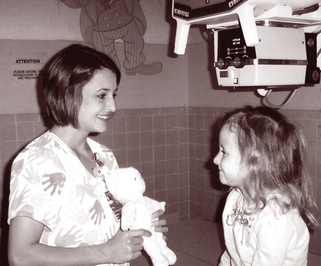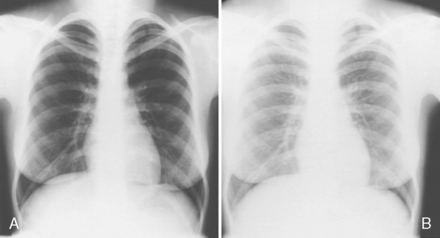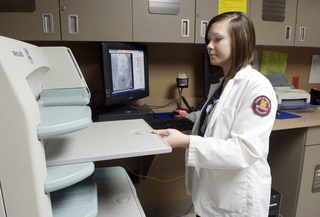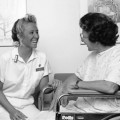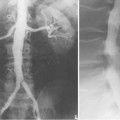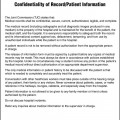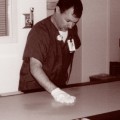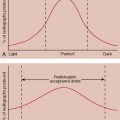CHAPTER 6 On completion of this chapter, you should be able to: • Describe the essentials for patient–radiologic technologist interaction. • List and describe the basic courses essential to the education of radiologic technologists. • Explain the relationship between clinical education and the theory component of the radiologic technology curriculum. • Explain what is meant by clinical competency evaluation. • List and describe the competencies evaluated in clinical education. This all sounds like a tall order, especially when the workload is heavy, the hour grows late, and more things are yet to be done; but you only need to put yourself in the place of the patient to understand the importance of a health care professional’s responsibility (Fig. 6-1). What is the difference between an optimal quality radiograph and a nondiagnostic one (Fig. 6-2)? This course integrates all of the material previously learned. Although radiologic technologists do not interpret radiographs, they evaluate them for diagnostic quality, which includes the consideration of pathologic conditions. Many of the technical innovations that are constantly changing the nature of radiology rely on computers. The capacity of computer storage and image manipulation is basic to many of the newer imaging systems, such as computed tomography, digital imaging, and MRI. This course introduces the student to basic computer applications (Fig. 6-3).
Radiography Education
From Classroom to Clinic
The patient as our guest
Your responsibilities in health care
Radiologic Technology Basic Curriculum
Radiographic Image Evaluation
Introduction to Computer Science
Radiography Education: From Classroom to Clinic

